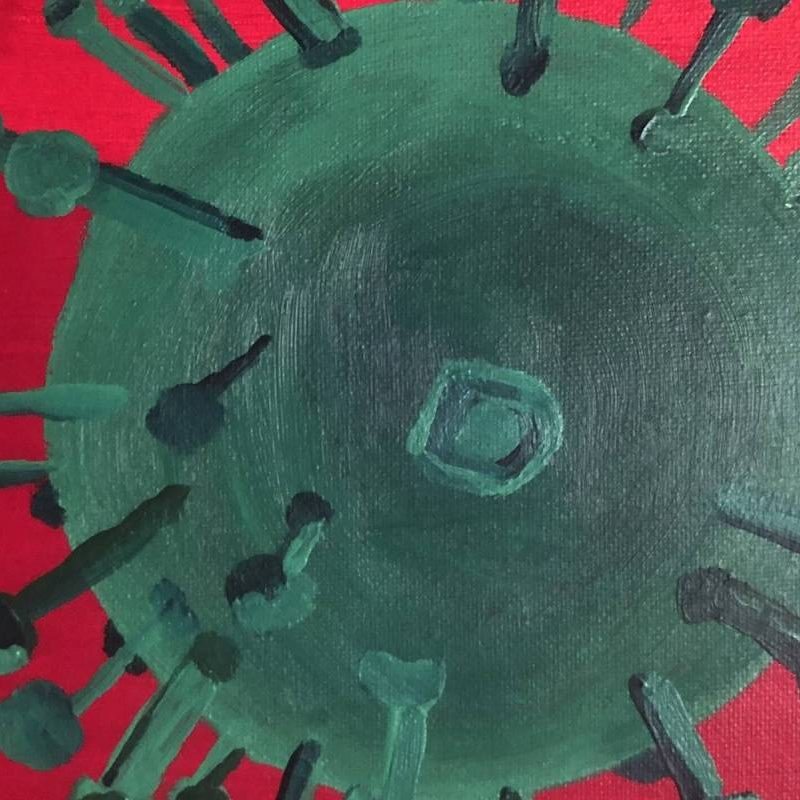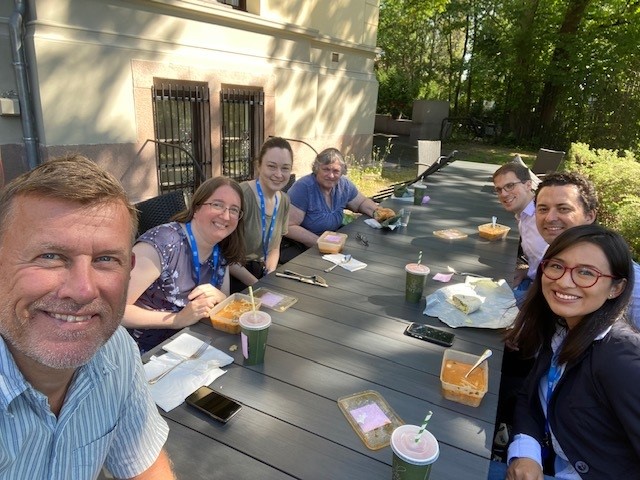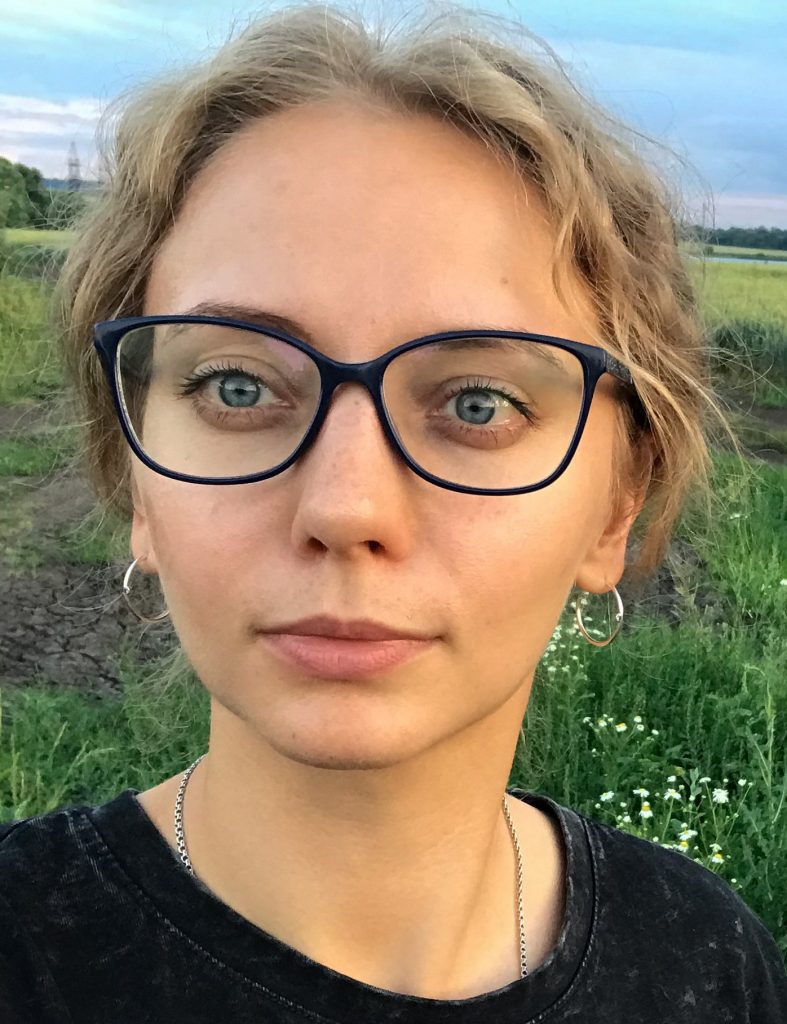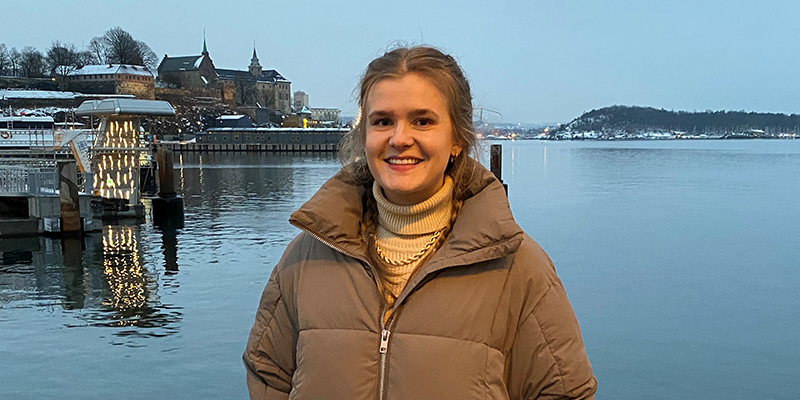Next PANSOC Webinar on 22 September (1600 CET)

Nele Brusselaers, Antwerp University & Karolinska Institutet & Ghent University, will present “How science affected Covid-19 policy in Sweden.” (Contact jessicad@oslomet.no for a link.)
The Swedish response to the Covid-19 pandemic has stood out from the start. Together with a group of scientists, medical doctors and a human rights journalist, we evaluated how science affected the Swedish Covid-19 policy during 2020. We tried to disentangle who was involved in the decision making and why certain decisions were made, putting everything in a socio-cultural and historical perspective. Our paper published in Humanities and Social Sciences Communications in March 2022 quickly went viral becoming one of the most-popular research outputs ever (nr 131 of 22 million articles ever on September 12, 2022, according to Altmetrics). This shows that the so-called Swedish approach is still a hot topic with very strong defenders and opponents in Sweden and abroad. In addition, I was also involved in another project comparing the health policy, epidemiology and economic consequences of the pandemic in the Nordic region (Irfan et al, Journal of Global Health 2022), the countries which are most similar to Sweden in almost all aspects… Sweden was clearly not the best of this class…
Nele Brusselaers is a Professor in Clinical Epidemiology at Antwerp University in Belgium (Global Health Institute), Associate Professor at the Karolinska Institutet in Sweden (Centre for Translational Microbiome Researcher), and Guest Professor at Ghent University, Belgium. She completed her training as a medical doctor (2008), PhD (2010), master in infection control/hospital hygiene (2010) and first post-doc at Ghent University in Belgium (2012). Nele also obtained a master in Epidemiology from the London School of Hygiene and Tropical Medicine (by distance learning, 2015). Towards the end of 2020 she moved back to Belgium to combine her research in Sweden with a fulltime academic position in Belgium. Nele has extensive experience in clinical, cancer, microbiome and pharmaco-epidemiology by working with the Swedish nationwide health registries, several clinical (microbiome) cohorts and systematic reviews and meta-analyses, resulting in over 140 peer-reviewed articles. She has also been an active member of the Swedish Scientific Forum Covid-19, a group of independent researchers and medical doctors “that disseminates science-based knowledge about the major issues and challenges that the ongoing pandemic have posed to the world and our country”.






